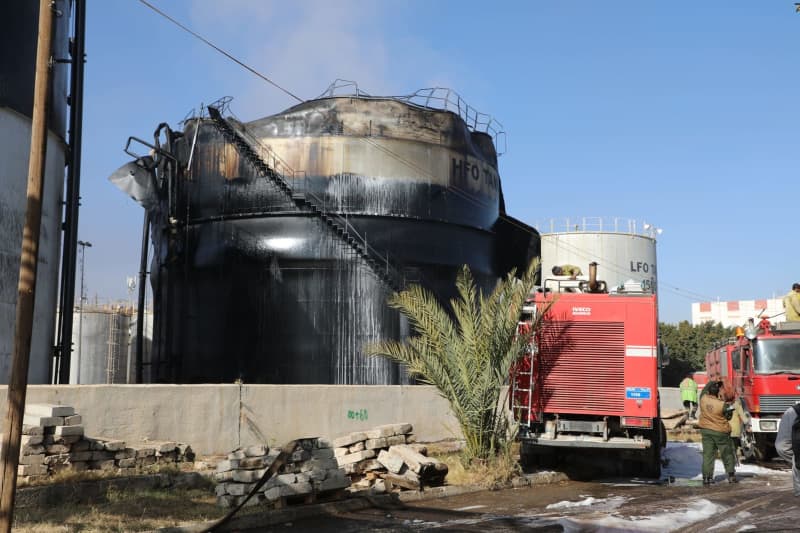Israel has escalated its military operations against Yemen, targeting key ports and the capital, Sana’a, following a missile attack from the Houthi rebels. The Israeli military reported remarkable operational capabilities, deploying dozens of fighter jets and reconnaissance aircraft to conduct strikes approximately 1,700 kilometers away from its borders. This series of coordinated attacks marks the third time Israel has launched airstrikes against Houthi positions in Yemen, after similar operations in July and September of the same year. The Israeli air force targeted crucial infrastructure associated with the Houthis, a group that has long been seen as an adversary by Israel.
The aftermath of the Israeli strikes has led to significant casualties and damage. Reports suggest that nine individuals were killed in the port city of Hodeidah, with seven fatalities occurring at the al-Salif port and two at the Ras Isa oil facility. Additionally, Israeli airstrikes also struck energy infrastructure in Sana’a, a significant move as it is the first time Israel has directly targeted the Yemeni capital. The military spokesperson highlighted the severity of these strikes as they have effectively incapacitated three strategic ports used by the Houthis, thus disrupting their operational capabilities.
Despite the timing of the bombings closely following a missile launched from Yemen, the Israeli military emphasized that these strikes were pre-planned rather than an immediate retaliatory action. The Houthis took responsibility for the initial missile attack, stating their intention to hit specific military targets in Jaffa, near Tel Aviv. Their ongoing conflict against Israel is framed by the Houthis as support for Palestinian factions, particularly amid increased tensions related to the wider conflict involving Hamas in Gaza. Notably, the missile firing from Yemen has become a recurring threat, with the Houthis reporting multiple offensives over the past year.
Israel has experienced a substantial number of missile and drone attacks originating from Yemen, with estimates suggesting around 200 missiles and 170 drones launched against its territory in the previous twelve months. While many of these attacks have been intercepted, the continuous threat represents an alarming expansion of the conflict against the backdrop of regional hostilities. Reports indicate that a missile fired from Yemen damaged a school in the vicinity of Tel Aviv, illustrating the direct impact of Houthi aggression on Israeli civilians, which heightens the urgency for military responses.
The broader implications of this military escalation reveal a complex dynamic in the region, characterized by Iran’s support for the Houthis and Israel’s ongoing conflict with groups it perceives as threats. The connection between the Houthis and Iranian influence draws parallels with Hezbollah, another Iranian ally that operates in Lebanon. The regional tensions have been exacerbated by the recent conflicts in Gaza following a major attack by Hamas on Israel. This interconnectedness among various militant groups makes the situation in the Middle East increasingly fragile and susceptible to wider conflict.
In summary, Israel’s recent military engagement in Yemen underscores its commitment to neutralizing potential threats from the Houthis, amid ongoing provocations including missile and drone attacks. The systematic targeting of military infrastructure and the capital reflects a strategic effort to disrupt the Houthis’ operational capabilities. As the conflict continues to unfold, the implications for regional stability and the humanitarian cost in Yemen raise profound concerns that will likely shape future military and diplomatic engagements among the involved states and non-state actors.

